
It's 4:35 p.m. You feel like the bottom of a marathoner's shoe. Flat. Sore. Whimpering.
It's been a day of fighting distractions, racing to meetings, staying awake, ingesting caffeine, and trying to get stuff done. Now, you're stuffing papers in your briefcase and packing your laptop to take work home.
The end of the workday sometimes feels like the end of a toothpaste tube. You could go all intense and squeeze out every last bit, but why bother? It's done.
You just toss it.
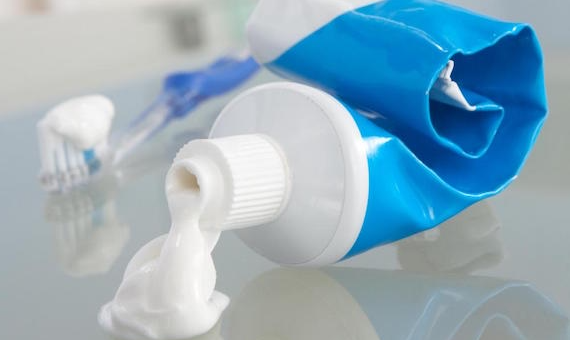
That's okay for toothpaste, but not for your workday. Your workday is not a toothpaste tube, and the last few minutes should be purposefully engaged, not carelessly tossed.
In this article, I'm going to give you a simple process for taking the end of your workday and reversing it to deliver an extraordinary amount of productivity to your entire work existence. This process is effective regardless of when you choose to end your day. You can even repurpose this method for increasing the flow and productivity of your home life.
Why the end of the day?
Why am I focusing on the end of the day? Aren't productivity articles supposed to give you some mind blowing morning routine? Where's the wake-up-at-4:30-and-take-over-the-world mojo?
Hear me out.
- Fact 1: The end of the workday is often the most unproductive. Our minds are taxed, our energies are spent, our inbox is full, our attention is in 432 places
That's the premise that I'm starting with. Now, let me explain how to do it.
I suggest starting this process at least a half hour prior to the end of your workday. If you extend your workday a half hour beyond the traditional 5:00 p.m. end time, this may work to your advantage. Otherwise, you can begin at 4:00 or 4:30. This is runway time that will allow you to take off with a huge creative and productive burst the following day.
Step 1: Respond to as many emails as you can.

The first step in this end-of-day process is to respond to as many emails as possible in a thirty-minute span or less. The vast majority of relevant emails hit your inbox during workday hours. By the end of the workday, you will have received most of the important email messages. By responding to 80% of these or so, you can effectively reduce tomorrow's workload by a huge margin.
Eliminating email creep is one of the single biggest gains you can make towards improving your productivity. If you can get this done before tomorrow begins, you'll be way ahead of the game.
Step 2: Turn off your computer and mobile device.
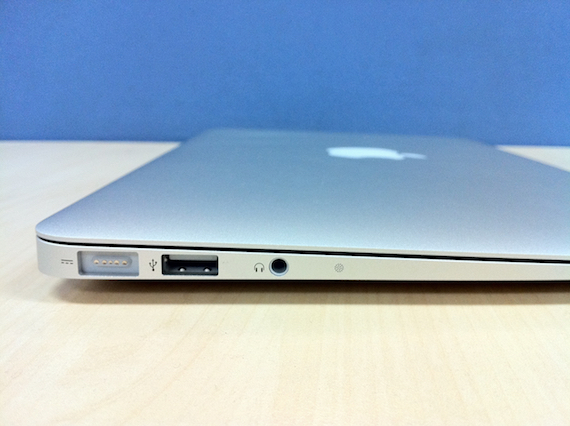
This deserves its own personal point, because it's so important.
By turning your device off, you are putting up a barrier to the invasion of email. If you use your computer or device for scheduling your day or taking notes then you'll want to keep them on. Please close whatever programs or notifications are allowing email or chat messages to invade your end-of-the-day productivity prep.
Before turning off your computer, you should also exit your Internet browser, and close the 91 tabs you had open. If you start your day by seeing that article you were reading, jumping on that Facebook argument, or re-writing that report then you are starting in the wrong frame of mind.
The whole idea is to start clean and fresh.
Each day deserves a fresh start -- not a regathering of the ragged leftovers of the previous day. If you have any remaining issues that you need to deal with, then you can do so in your "brain dump" (step 3).
Turn off your computer, and slowly step away.
Step 3: Perform a brain dump.
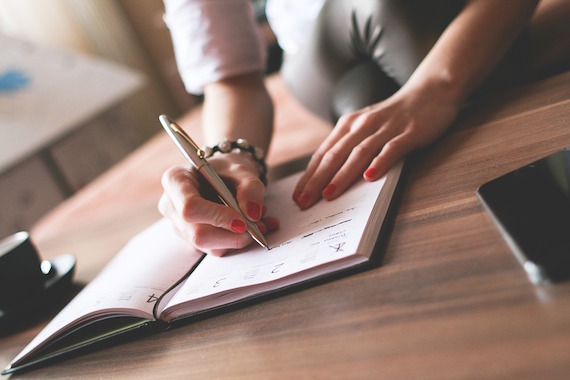
Write down everything that's on your mind that you need to do. Personal to-dos, family to-dos, and work to-dos. It can be as random as necessary.
The goal in the brain dump is to reduce mental clutter. Productivity is more about mental control than it is about time-saving techniques.
Writing down the things you need to do is an important part of unlimbering the guns for the next day's fight. Your mind is clear, and the distractions are set aside. It's go time.
Step 4: Plan the next day.

It's important to plan your day before it starts. A day that starts without a plan is like an engine that needs to warm up before it's safe to drive. As one productivity expert admits in Lifehacker, it's possible that "you spend more time hacking your to-do list than you actually spend doing stuff." If you start your day planning, you are wasting your most productive time planning instead of doing.
Perform your planning the day before, not the day of. A day planned before allows you to jump in fully prepared, fully planned, and fully ready to get stuff done.
Step 5: Clean your office.
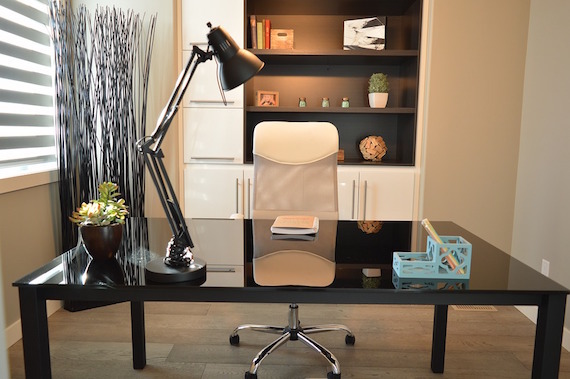
Cleaning your office is a powerful productivity hack that improves productivity. Your office space is known as an "environmental factor." The condition of your environment changes the way you think and work.
As Inc.com reported, "office clutter...can actually crippled your job performance." What kind of job performance downers? Survey respondents announced "lost time (47 percent), meeting tardiness (16 percent), and missed deadlines (14 percent)." Plus, CIO.com explains, "the average executive wastes six weeks every year searching for paper."
From whence comes such disturbing bugaboos? From your workout clothes draped over the chair, from Wednesday's Wall Street Journal on the floor, from the papers tornadoed across your desk, and the week-old coffee cup coated with a fuzz of toxic mold.
If you clean your office, you will become more productive. It's just that simple.
According to McKinsey, "Searching for and gathering information" is the second-biggest time expenditure of the office worker, taking up an astonishing 19% of the workday, or 1.76 hours. If we were more organized, we could probably reclaim a solid hour per day of frenetically misplaced time!
There are other benefits to a clean office:
- It brings closure to the day. By tidying up, you are putting to rest the melee of a day's activity. It feels good, and provides an appropriate stopping point.
For bonus points you can take a picture of your desk, and Instagram it with the hashtag #flatlay. 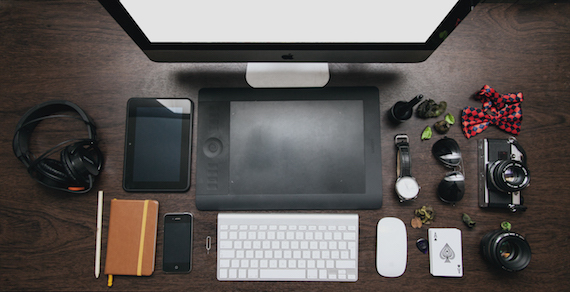
Conclusion
It's time to reclaim the end of your workday. Once you do, you'll be able to reclaim the beginning of the workday. And by doing that, you'll be able to gain productive mastery over your entire day.
Here's the process:
Step 1: Respond to as many emails as you can.
Step 2: Turn your computer and mobile device off.
Step 3: Perform a brain dump.
Step 4: Plan the next day.
Step 5: Clean your office.
Imagine stepping into your office tomorrow morning. It's clean. It's quiet. Your mind is clear, poised for action. Sitting on your desk is a clear schedule of what you're going to nail in the next eight hours.
It's time to seriously get things done.
